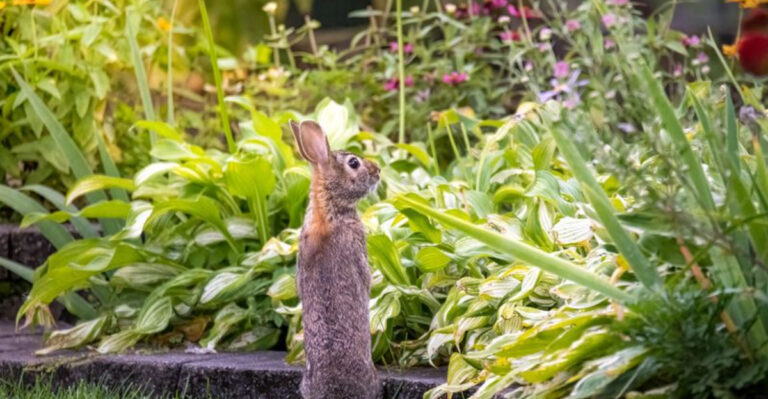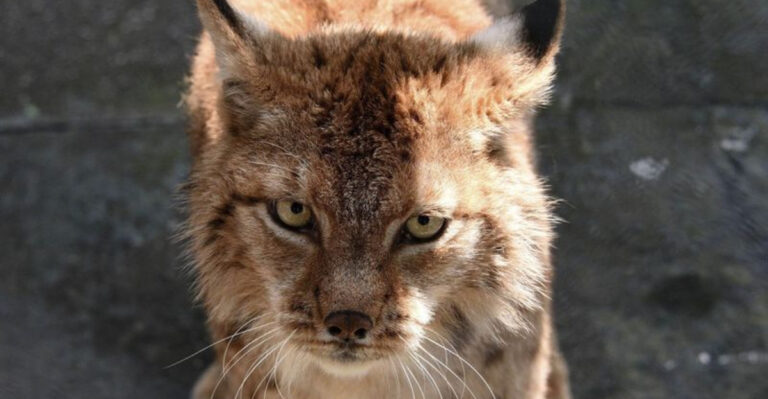Should You Let Your Indoor Cat Outside This Summer? 6 Pros And 6 Cons
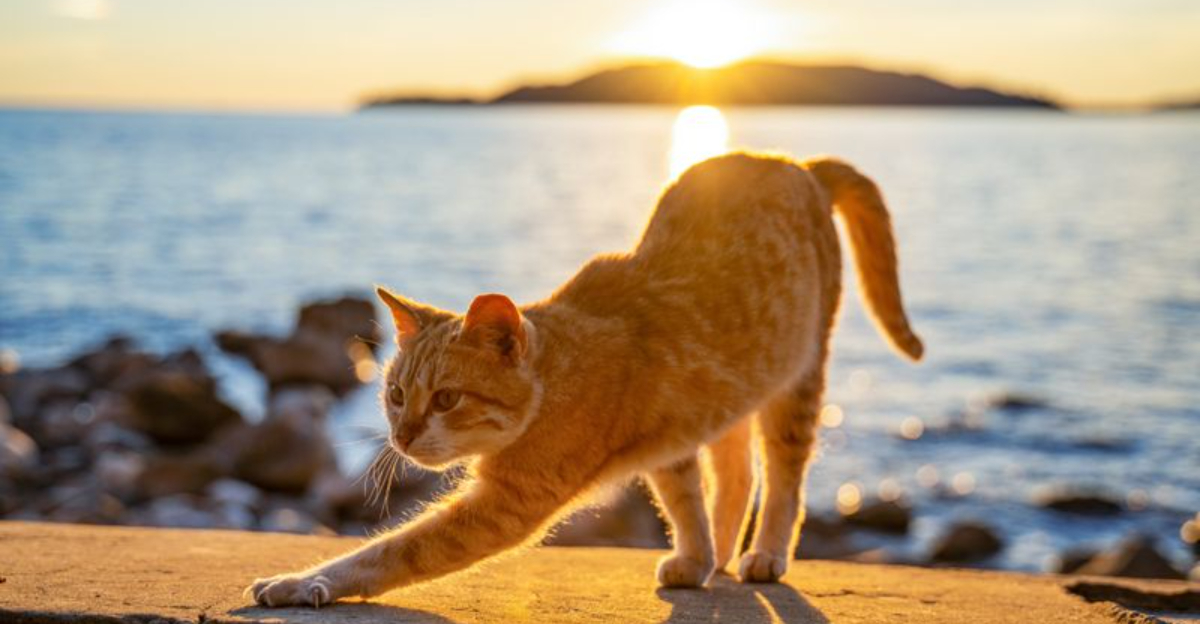
Summer’s warm weather often has cat owners wondering if their indoor feline friends might enjoy some outdoor adventures. The sunshine and fresh air seem tempting, but this decision isn’t as straightforward as it might appear.
Before you open that door and let your kitty explore the great outdoors, let’s weigh both sides of this important choice – the benefits that could enrich your cat’s life and the very real risks that come with outdoor access.
1. Natural Enrichment Awakens Your Cat’s Senses
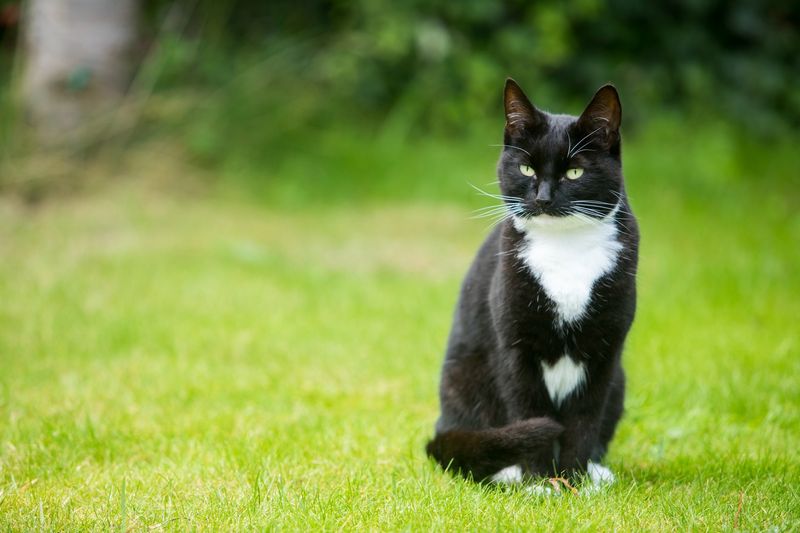
The outdoor world offers a sensory wonderland that indoor environments simply can’t match. Your cat can feel grass beneath their paws, smell fascinating new scents, and watch birds and insects with wide-eyed fascination.
These natural stimuli trigger instinctual behaviors that indoor cats rarely get to express. Climbing trees, exploring different textures, and experiencing changing weather patterns creates mental stimulation that keeps their minds sharp and engaged.
Many cat behaviorists believe this environmental enrichment contributes significantly to overall feline happiness. The varied outdoor landscape provides complexity that even the best cat toys and indoor setups struggle to replicate.
2. Exercise Opportunities Keep Your Cat Fit

Outdoor access transforms your lounging housecat into an active explorer. Running, jumping, climbing, and stalking provide full-body workouts that indoor play sessions rarely match in intensity or duration.
Regular outdoor exercise helps prevent obesity – a serious health concern affecting nearly 60% of indoor cats. The varied terrain challenges different muscle groups as cats navigate uneven surfaces, leap over obstacles, and balance on narrow perches.
Active cats typically develop better coordination and stronger cardiovascular systems. Just 30 minutes of outdoor exploration can burn more calories than hours of indoor play, making summer outdoor time a potential solution for cats struggling with weight management.
3. Instinct Fulfillment Makes Happier Cats

Cats evolved as hunters and explorers with deeply rooted instincts that indoor environments often suppress. Outdoor access allows expression of natural behaviors like stalking, pouncing, and territorial marking – fulfilling primal needs that indoor toys only partially satisfy.
Freedom to climb trees, hide in bushes, and patrol territory taps into your cat’s wild ancestry. Many cat owners notice their pets return from outdoor sessions with a satisfied, confident demeanor that differs from their indoor-only behavior.
Mental health improves when animals can act according to their evolutionary programming. Cats denied outlets for natural behaviors sometimes develop destructive habits or anxiety – problems that often diminish when appropriate outdoor access is provided.
4. Stress Reduction Through Environmental Variety
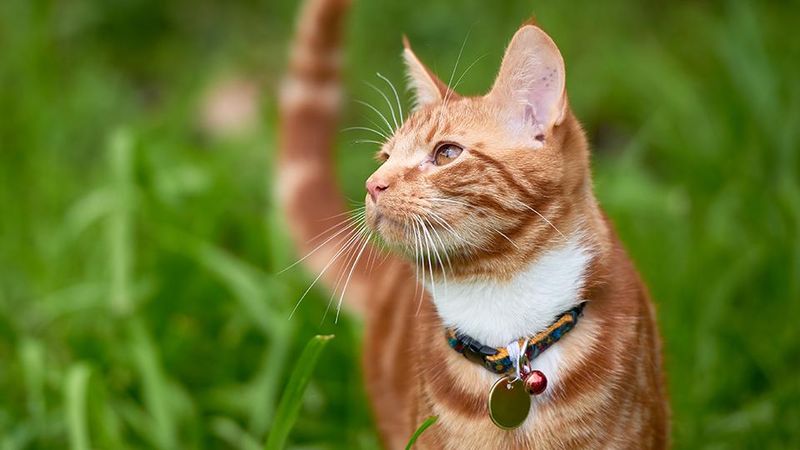
Indoor environments, despite our best efforts, can become monotonous for cats. The outdoor world offers constantly changing stimuli – shifting shadows, moving leaves, visiting wildlife – that engage your cat’s attention and prevent boredom-related stress.
Fresh air and natural sounds create a calming effect on many cats. The sensory richness of the outdoors provides healthy distractions from indoor stressors like vacuum cleaners, visitors, or household tensions.
Cats with outdoor access often show fewer signs of anxiety-related behaviors. Reduced stress can lead to decreased inappropriate urination, excessive grooming, and aggression – common problems in indoor-only cats who feel understimulated or confined.
5. Better Sleep Comes From Natural Rhythms
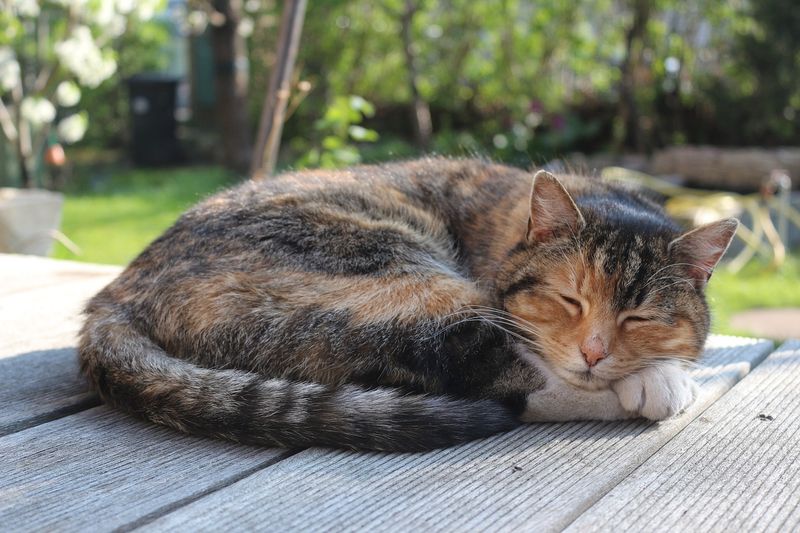
Outdoor activity aligns your cat’s sleep schedule with natural daylight patterns. The combination of physical exercise, mental stimulation, and exposure to natural light-dark cycles helps regulate their internal clock.
Cats who spend time outdoors often sleep more soundly at night. The physical fatigue from climbing, exploring, and playing creates a healthy tiredness that leads to deeper, more restful sleep periods.
Many cat owners report fewer midnight zoomies and pre-dawn wake-up calls after their cats have had outdoor time. This natural rhythm benefits both cat and human sleep quality! The improved sleep pattern develops as your cat adapts to spending energy during daylight hours rather than storing it for nighttime activity.
6. Sunlight Exposure Boosts Your Cat’s Health
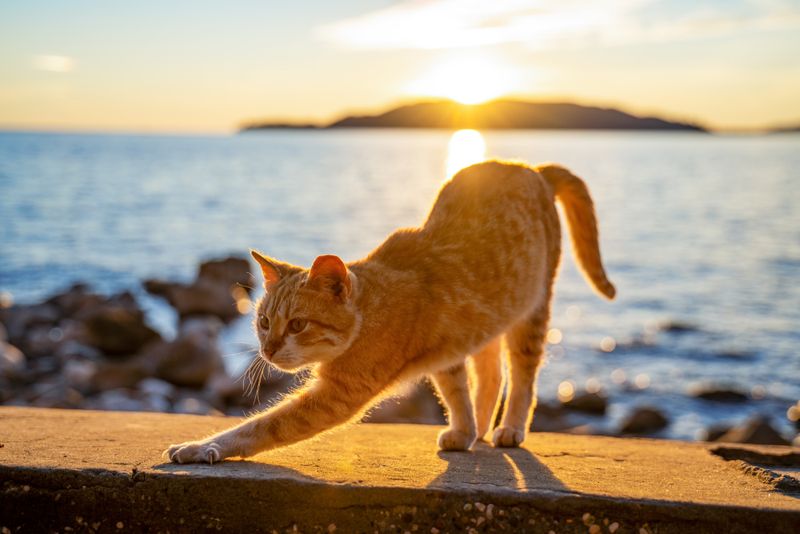
Sunshine provides natural vitamin D that helps strengthen your cat’s bones and immune system. Unlike humans who absorb vitamin D through skin, cats get most of their vitamin D through grooming their sun-warmed fur.
Morning sunbathing sessions regulate your cat’s circadian rhythm, helping them maintain healthy sleep-wake cycles. Many cats instinctively seek out sunny spots indoors, but natural, unfiltered sunlight offers additional benefits.
Moderate sun exposure also improves mood and energy levels in many cats. Those warm rays trigger the release of serotonin – the same “feel-good” hormone humans experience when soaking up sunshine. Just remember that cats can get sunburned too, especially white-furred or pink-nosed kitties!
7. Risk of Injury Threatens Your Cat’s Safety
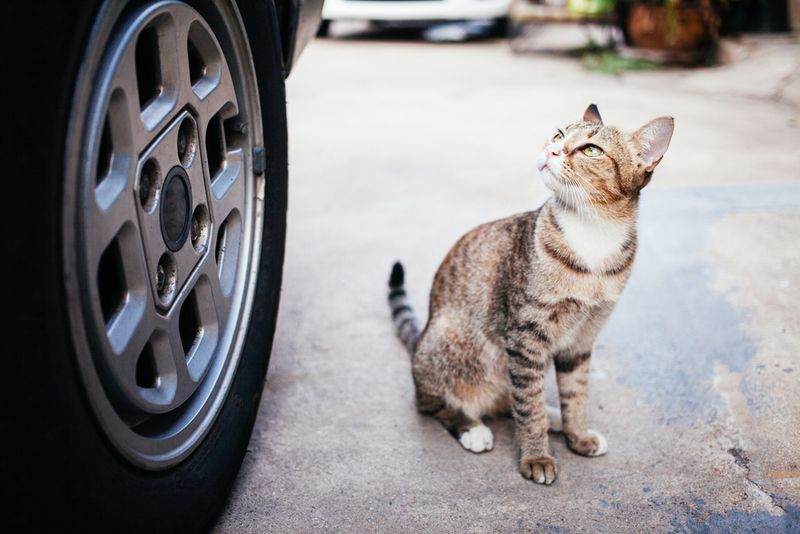
The outdoor world presents numerous physical dangers to cats accustomed to protected indoor environments. Cars pose the most significant threat – even cautious cats can misjudge vehicle speed or panic when startled near roads.
Falls from trees or fences can result in broken bones or internal injuries. Territorial disputes with neighborhood cats often lead to painful abscesses from bite wounds that require veterinary treatment.
Weather extremes present additional hazards. Summer heat can cause rapid dehydration or heat stroke, especially in flat-faced breeds or seniors. Unexpected summer storms might leave your cat stranded or seeking shelter in dangerous locations like car engines or under porches.
8. Parasites And Diseases Lurk Outdoors
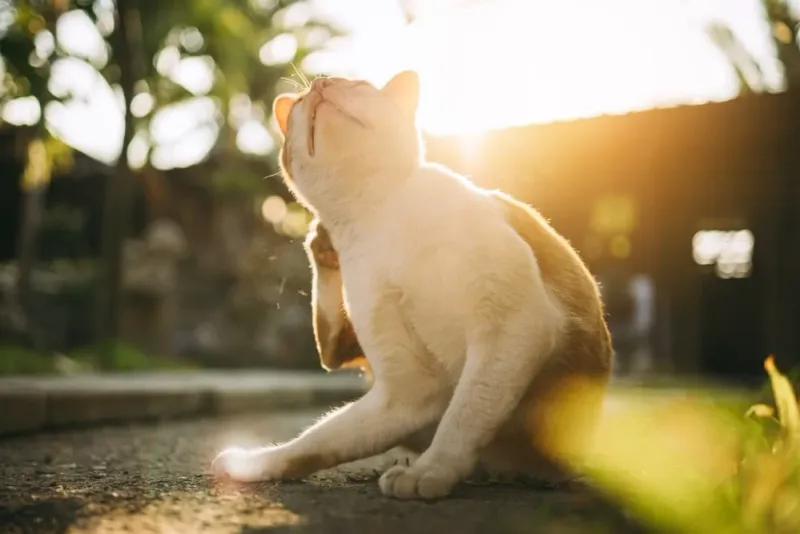
The summer months bring peak parasite activity that can quickly affect your cat’s health. Fleas, ticks, and ear mites easily transfer from outdoor environments to your cat’s fur, potentially leading to infections, allergic reactions, and discomfort.
Serious diseases spread through contact with other animals or contaminated soil. Feline leukemia, FIV, and rabies transmission increase with outdoor exposure, despite vaccination protection. Intestinal parasites like roundworms and hookworms commonly infect outdoor cats through contaminated soil or prey.
Even brief outdoor sessions increase exposure to these health threats. Preventative medications help but can’t eliminate all risks. Indoor cats typically live 2-3 times longer than outdoor cats, largely due to reduced disease exposure.
9. Getting Lost Becomes A Real Possibility
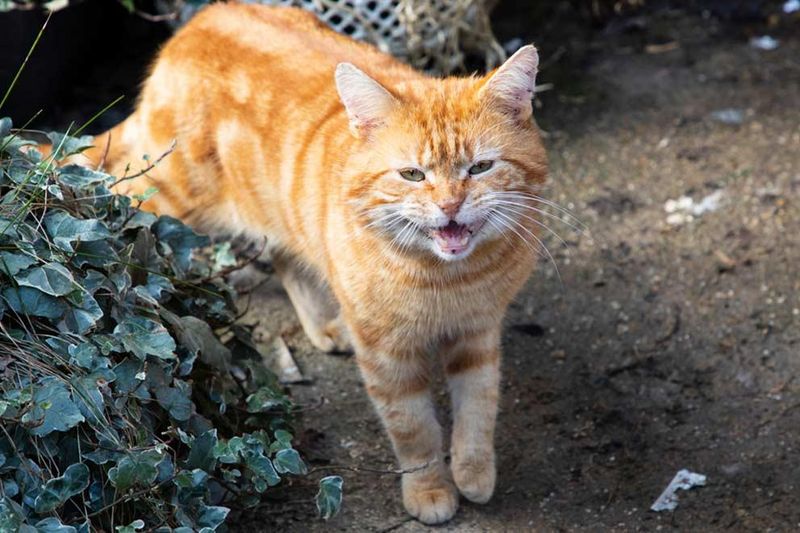
Even cats with excellent navigation skills can become disoriented or wander too far from home. Unfamiliar noises, scents, or frightening encounters might cause your cat to bolt into unknown territory, unable to find their way back.
Summer construction, neighborhood activities, or visiting relatives who leave doors open increase escape opportunities. Once lost, indoor cats often lack the survival skills of street-savvy outdoor cats, making them vulnerable to hunger, exposure, and predators.
Missing pet statistics show summer months have the highest rates of lost cats. Microchips and collars help with identification but can’t guarantee a safe return. The emotional toll of a missing beloved pet creates stress that many families wish they’d avoided by keeping their cat safely indoors.
10. Fighting With Other Animals Creates Dangers
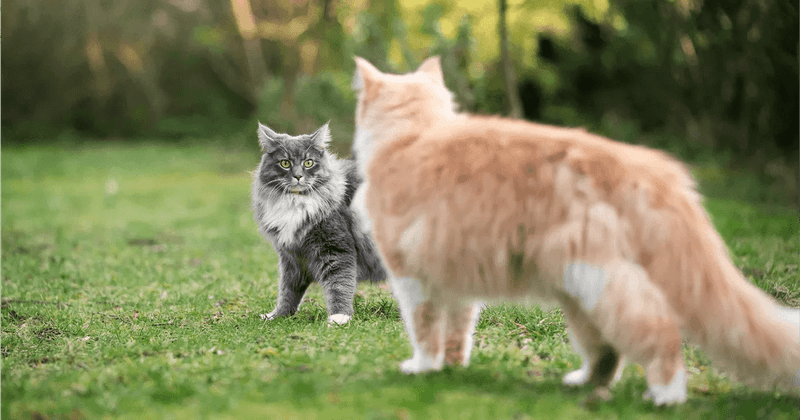
Territorial conflicts are inevitable when cats venture outdoors. Your sweet indoor kitty may transform into a fierce defender when encountering neighborhood cats, resulting in painful injuries from scratches and bites that often become infected.
Wildlife encounters pose additional threats. Raccoons, foxes, and even aggressive birds might attack your cat, especially if your pet appears threatening or vulnerable. These confrontations can result in serious wounds requiring emergency veterinary care.
Dogs present another significant danger to outdoor cats. Even friendly dogs with high prey drives might chase cats, causing injury or forcing your cat to flee into unsafe areas. The stress of these encounters alone can trigger health problems like urinary issues or digestive upset in sensitive cats.
11. Toxins And Plants Pose Hidden Threats
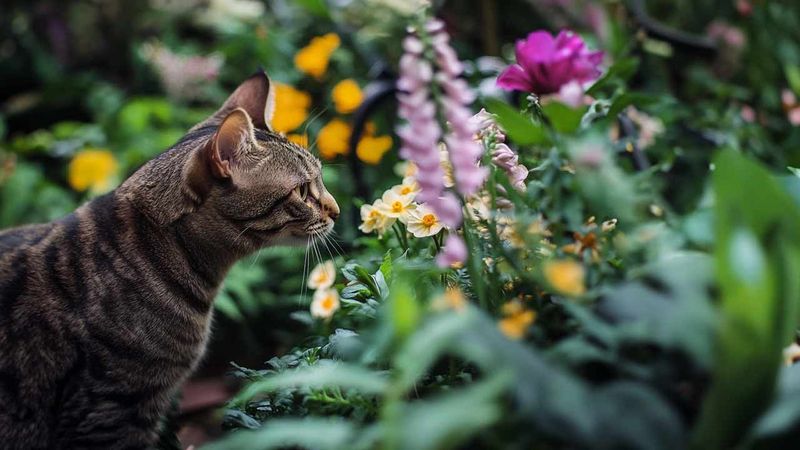
Summer gardens harbor numerous toxic substances that curious cats might encounter. Pesticides, fertilizers, and weed killers can cause poisoning through direct contact or ingestion during grooming. Even “natural” garden treatments often contain ingredients harmful to cats.
Many common landscaping plants are toxic to felines. Lilies, azaleas, and chrysanthemums can cause symptoms ranging from mild digestive upset to kidney failure or death. Cats frequently chew on grass and plants, making accidental poisoning a serious concern.
Neighborhood hazards multiply the risks. Antifreeze leaks from cars, spilled pool chemicals, or rodent poisons set by neighbors create invisible dangers. Without supervision, cats may access these toxins before showing any warning signs of exposure.
12. Impact On Wildlife Affects Local Ecosystems
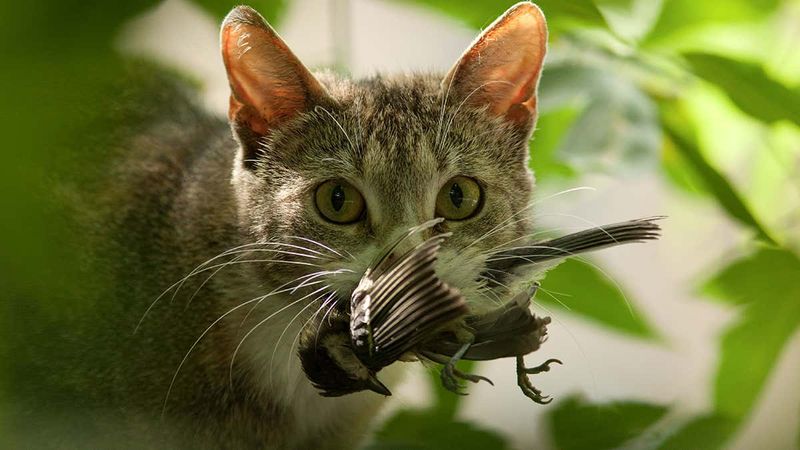
Cats are natural hunters whose predatory instincts don’t disappear with domestication. Studies show even well-fed cats will hunt and kill birds, small mammals, and reptiles when given outdoor access – sometimes without eating their prey.
The environmental impact is significant. Researchers estimate domestic cats kill billions of birds and mammals annually in the United States alone. This predation can devastate local wildlife populations, especially during spring and summer when young animals are vulnerable.
Conservation organizations increasingly identify outdoor cats as threats to biodiversity. Native species that haven’t evolved alongside feline predators often lack effective defenses. Responsible pet ownership increasingly includes considering how our cats’ outdoor activities affect the broader ecosystem.


